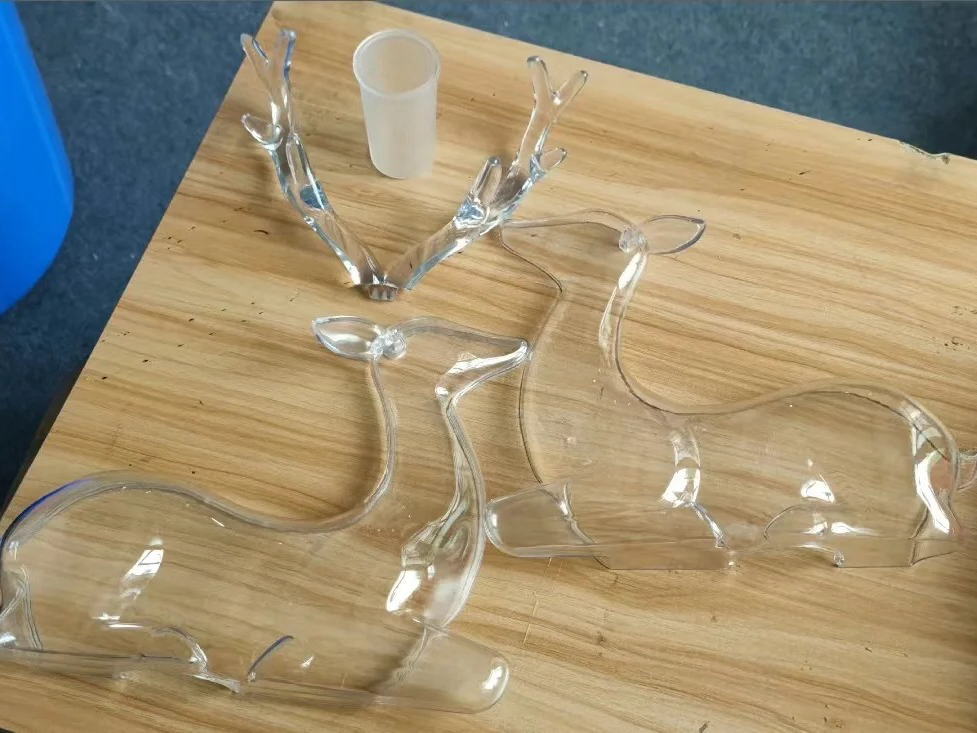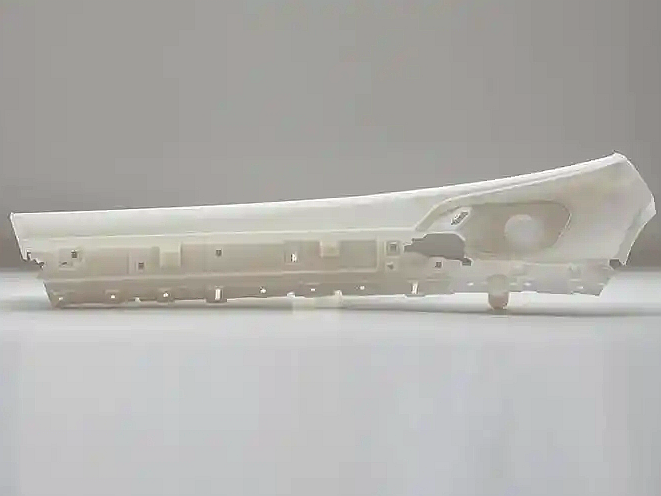Composite Resins
Introduction to Composite Resins for 3D Printing
Composite resins are photopolymers reinforced with functional additives—such as carbon fiber, glass fiber, or ceramic—to enhance stiffness, strength, thermal stability, and specific functional performance. These resins are used in applications that demand structural reliability, lightweight strength, or high dimensional stability under mechanical or thermal stress.
Stereolithography (SLA) and Digital Light Processing (DLP) are commonly used for composite resin printing, delivering ±0.05 mm accuracy and surface finishes suitable for functional prototypes and end-use industrial parts.
International Equivalent Grades of Composite Resin
Grade Type | Resin Code | Additive Type | Application Examples |
|---|---|---|---|
Carbon-Fiber Resin | CF-RC1000 | Short carbon fiber | Stiff structural brackets, arms |
Glass-Filled Resin | GF-RG1200 | Glass fiber | Insulators, enclosures, tooling |
Ceramic Composite | CC-R3000 | Ceramic particles | High-temp supports, rigid alignment parts |
Comprehensive Properties of Composite Resins (Carbon-Fiber Resin Example)
Property Category | Property | Value |
|---|---|---|
Physical | Density | 1.20–1.35 g/cm³ |
UV Curing Wavelength | 405 nm | |
Mechanical | Tensile Strength | 80–100 MPa |
Elastic Modulus | 4,500–7,000 MPa | |
Elongation at Break | 1.5–3% | |
Hardness | >90 Shore D | |
Thermal | HDT (Post-Cured) | 140–220°C |
Suitable 3D Printing Processes for Composite Resins
Process | Typical Density Achieved | Surface Roughness (Ra) | Dimensional Accuracy | Application Highlights |
|---|---|---|---|---|
≥99% | 4–6 µm | ±0.05 mm | Best for rigid enclosures, lightweight structural parts, and high-strength prototypes | |
≥99% | 5–8 µm | ±0.05 mm | Ideal for compact mechanical components with stiffness or thermal demands |
Selection Criteria for Composite Resin 3D Printing
Enhanced Mechanical Properties: Composite reinforcements increase stiffness and tensile strength compared to standard engineering resins.
Dimensional Stability: Low creep and high modulus make these resins ideal for precision tooling and jigs under static load.
Thermal Resistance: Some formulations exceed 200°C HDT, allowing for high-temperature use cases like under-hood components or heat-resistant fixtures.
Lightweight Strength: Carbon fiber-filled resins offer strength with reduced weight, suitable for aerospace or robotics use.
Essential Post-Processing Methods for Composite Resin Parts
UV Post-Curing: Cure for 60+ minutes to activate thermal and mechanical performance, especially for carbon and ceramic variants.
IPA Washing and Drying: Thorough cleaning of uncured resin ensures performance consistency and proper mechanical finish.
Surface Finishing: Brushing, tumbling, or blasting improves texture, particularly for matte carbon-filled parts.
Machining and Tapping: Drilling and finishing operations are supported, especially on rigid glass or ceramic composites.
Challenges and Solutions in Composite Resin 3D Printing
Viscosity and Print Speed: High filler content increases viscosity; optimize recoating settings and use temperature-controlled vats for consistent flow.
Brittleness Under Impact: Composite resins are rigid—avoid drop-prone or dynamic parts unless switching to Tough or Durable resin alternatives.
Fiber Settling or Segregation: Ensure proper resin mixing before and during printing to avoid inhomogeneity in cured layers.
Applications and Industry Case Studies
Composite resin is widely used in:
Tooling & Fixtures: Jigs, guides, drill fixtures, and functional tools with dimensional rigidity.
Aerospace & Automotive: Lightweight brackets, air duct prototypes, and high-temp under-hood structures.
Manufacturing: End-effectors, control arms, mold inserts, and wear-resistant alignment blocks.
Electronics & Robotics: Casings, heat-tolerant mounts, and sensor housings with strength-to-weight benefits.
Case Study: A robotics OEM used carbon-filled SLA resin to produce 25 robotic arm components. Post-cured parts maintained ±0.05 mm accuracy and withstood 60°C service temperatures under repeated torque cycles without failure or deflection.
Frequently Asked Questions (FAQs)
What are the mechanical benefits of composite resin over standard engineering resin?
Which industries use ceramic- or carbon-filled resins for functional 3D printed parts?
How do composite resins perform in high-temperature or structural applications?
Can composite resin parts be drilled, tapped, or machined after printing?
What post-processing steps ensure dimensional stability and part strength in composite photopolymer parts?



